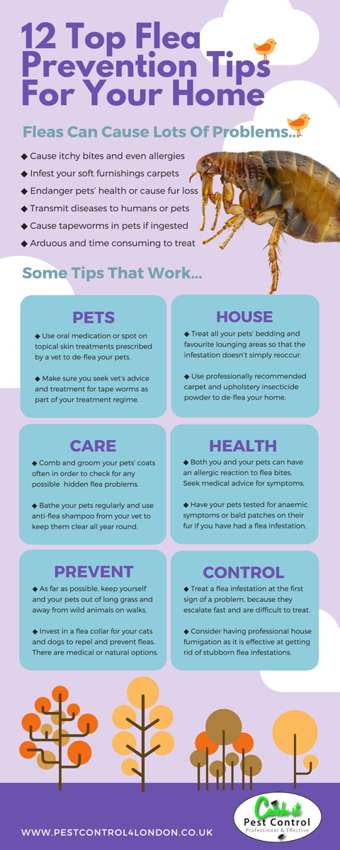Discover The Tricks Of Rodent Behavior And Change Your Parasite Control Method! Get Expert Insights Now And Bid Farewell To Those Bothersome Animals For Good!
Discover The Tricks Of Rodent Behavior And Change Your Parasite Control Method! Get Expert Insights Now And Bid Farewell To Those Bothersome Animals For Good!
Blog Article
Article Created By-Riddle Levin
Think of having the ability to prepare for the steps of your challengers in a video game of chess, always staying one action in advance.
In the world of pest control, recognizing rodent actions resembles having that critical advantage. By acquiring expert insights right into the nesting practices, feeding patterns, and communication and social actions of rodents, you can effectively combat these pesky creatures.
Yet how exactly do rats behave, and why is it important to understand? In this discussion, we will certainly decipher the mysteries of rodent habits, providing you with useful expertise that will certainly help you remain in advance in the battle versus pests.
Are you all set to discover the tricks of these shrewd animals?
Nesting Habits
To understand rodent behavior and effectively control parasites, it is very important to get understanding into their nesting habits.
Rodents, such as mice and rats, have a natural instinct to discover shelter and create nests where they feel risk-free and secure. These nests act as their homes, reproducing premises, and storage areas for food. Recognizing their nesting practices can aid you recognize prospective areas of infestation and carry out targeted control measures.
Rats normally choose nesting in dark, remote spaces, such as attic rooms, basements, crawl spaces, and wall gaps. best topical flea treatment use products like shredded paper, material, insulation, and even chewed-up electric cords to build their nests.
Feeding Patterns
Rats exhibit distinct feeding patterns that play a crucial role in their behavior and can inform reliable insect control strategies. Recognizing these patterns is important for executing effective pest control steps.
Rats are opportunistic feeders, meaning they'll eat whatever food is readily offered. They like high-calorie foods such as grains, nuts, and seeds. This is why correct storage of food and waste management are critical in preventing rodent problems.
In addition, rodents are nocturnal, which indicates they're most energetic during the evening when they look for food. By recognizing https://how-to-remove-a-snake-fro41649.blog2freedom.com/25836426/discover-exactly-how-environment-friendly-pest-exterminator-solutions-can-safeguard-your-home-and-the-atmosphere-say-goodbye-to-insects-without-damaging-our-earth feeding patterns, you can tactically place catches and lures to maximize their effectiveness.
Keeping food resources unattainable and preserving a tidy environment can assist prevent rodents and minimize the risk of infestation.
Interaction and Social Behavior
Comprehending how rodents interact and communicate socially is crucial for effective insect control approaches. Rats, like mice and rats, have complex interaction systems that they use to communicate info to each other and coordinate their activities. Right here are three key aspects of rodent interaction and social behavior:
1. Articulations: Rats produce a variety of vocal audios, consisting of squeaks, chirps, and babbling, to interact with each other. These vocalizations can communicate different messages, such as risk cautions or mating phone calls.
2. Scent noting: Rodents make use of scent glands to leave chemical signals on objects and in their atmosphere. These scent marks serve as territorial boundaries and connect details regarding reproductive status, dominance, and social association.
3. Suggested Site : Rodents have a hierarchical social structure, with dominant people having access to resources and preferred nesting sites. Comprehending this pecking order is necessary for targeting pest control efforts and recognizing essential people for elimination.
Verdict
So, there you have it - a short look right into the remarkable world of rodent habits. By comprehending their nesting practices, feeding patterns, and communication, we can better tackle the issue of insect control.
Did you know that a female computer mouse can create as much as 10 clutters each year, with each litter including around 5-6 dogs? https://www.wbaltv.com/article/owl-rescue-car-crash-anne-arundel-county/42123953 of prompt and efficient pest management to stop rodent populaces from spiraling uncontrollable.
